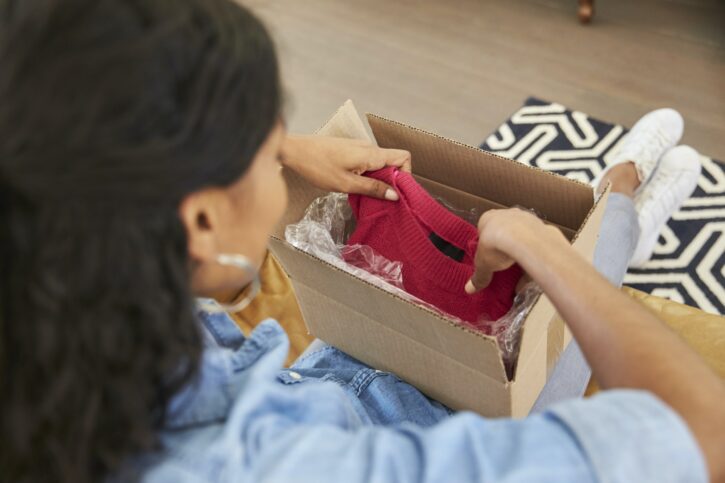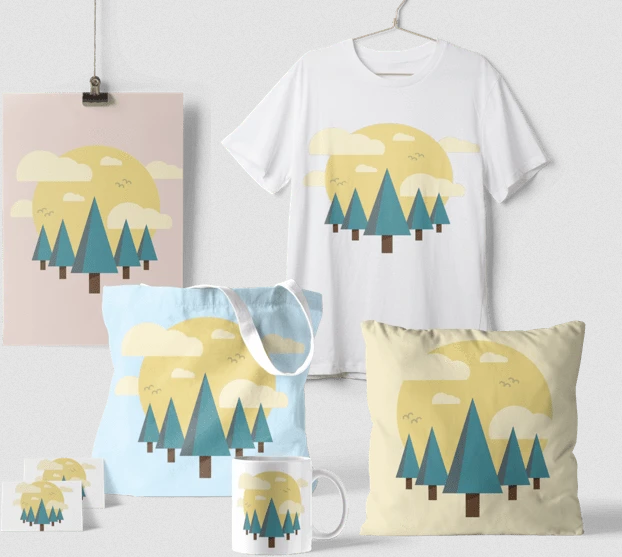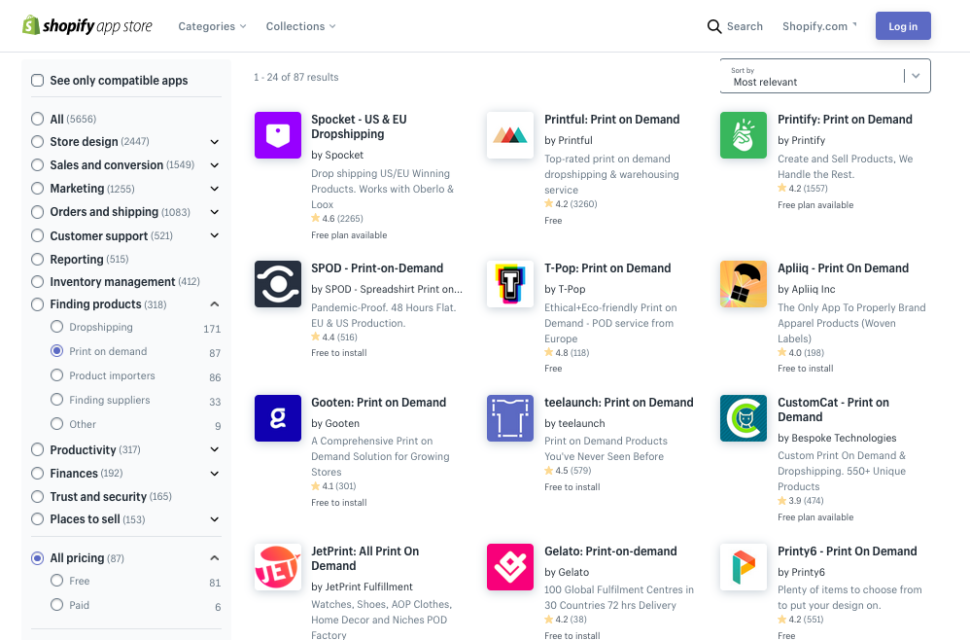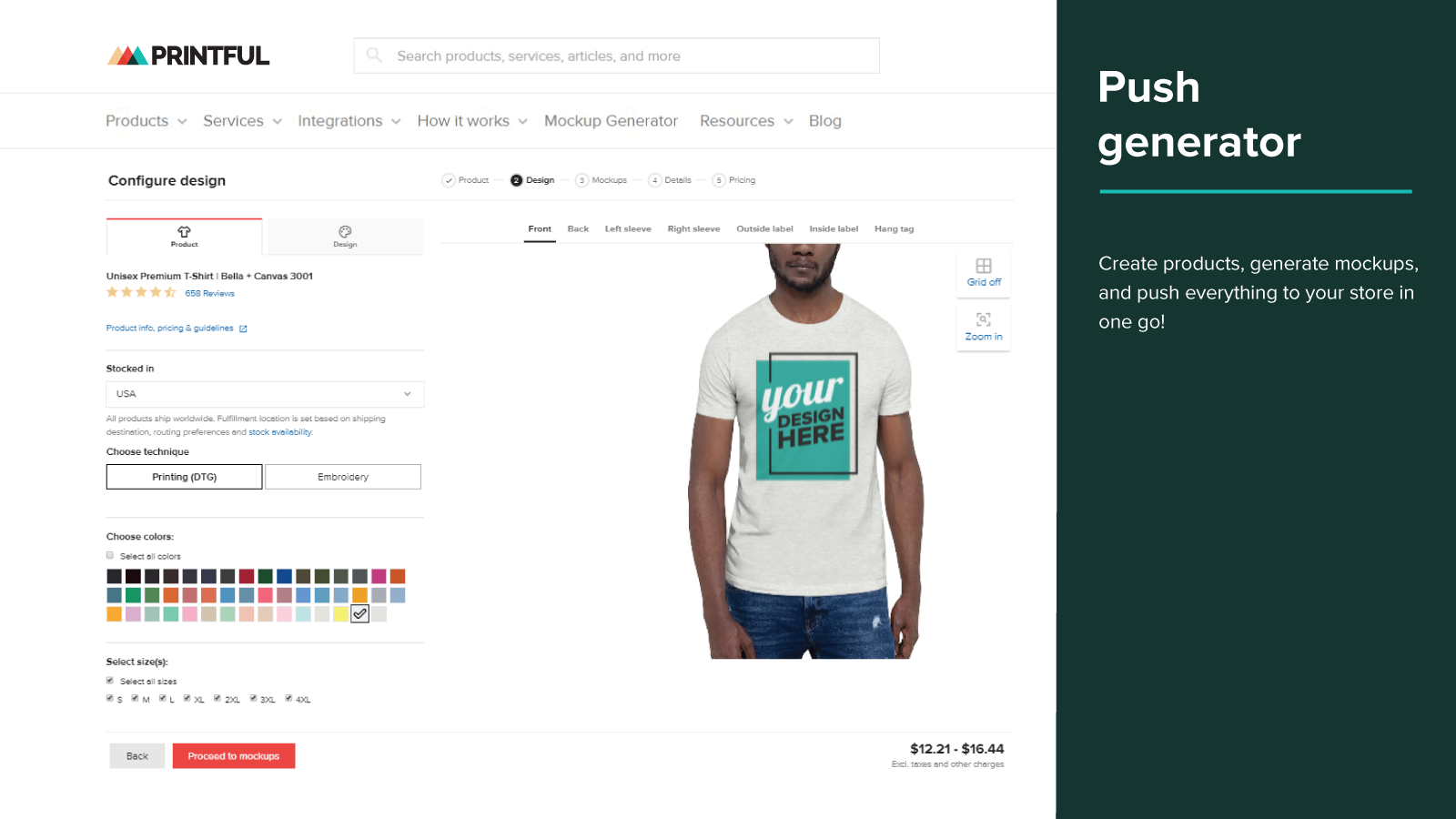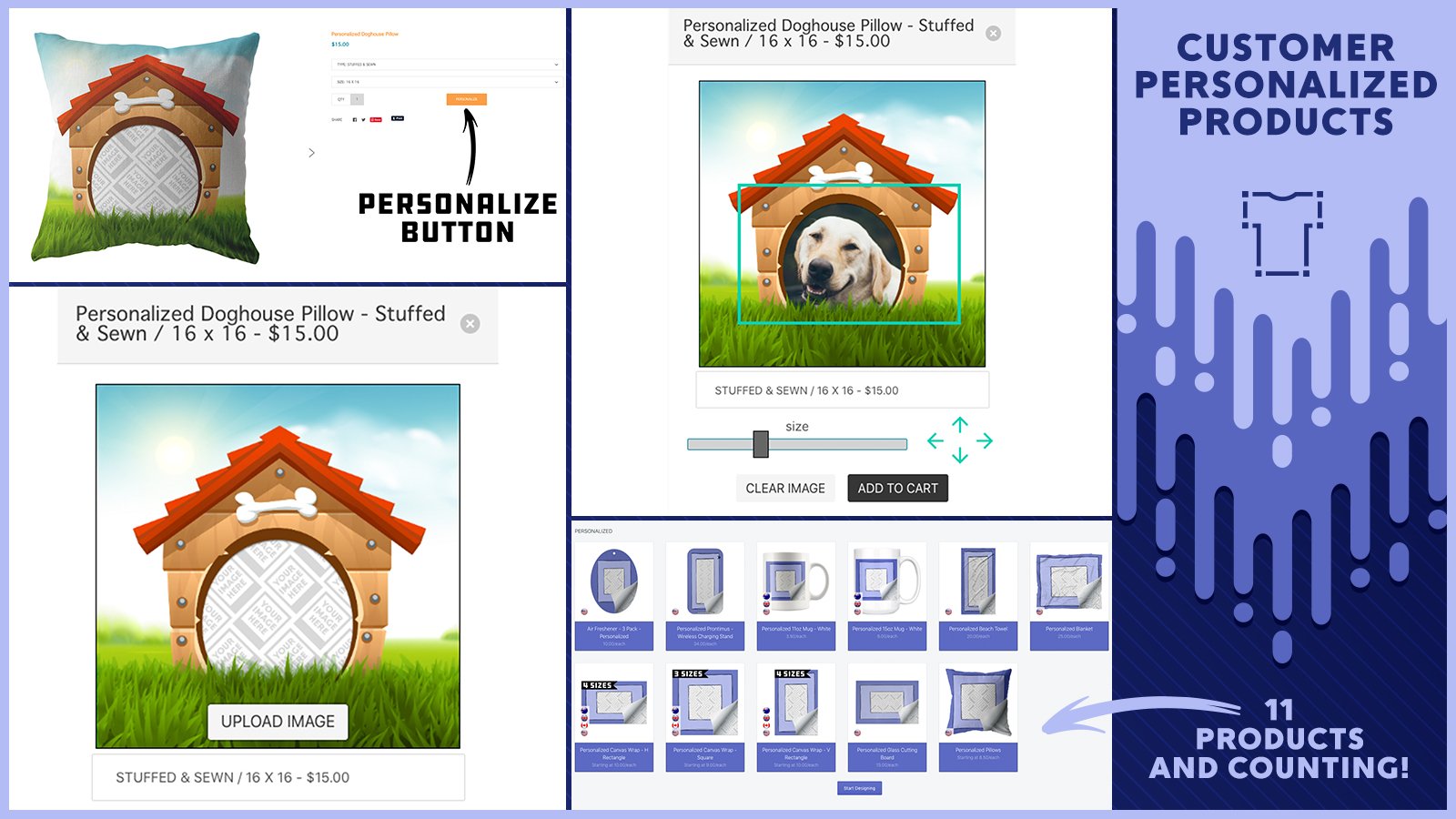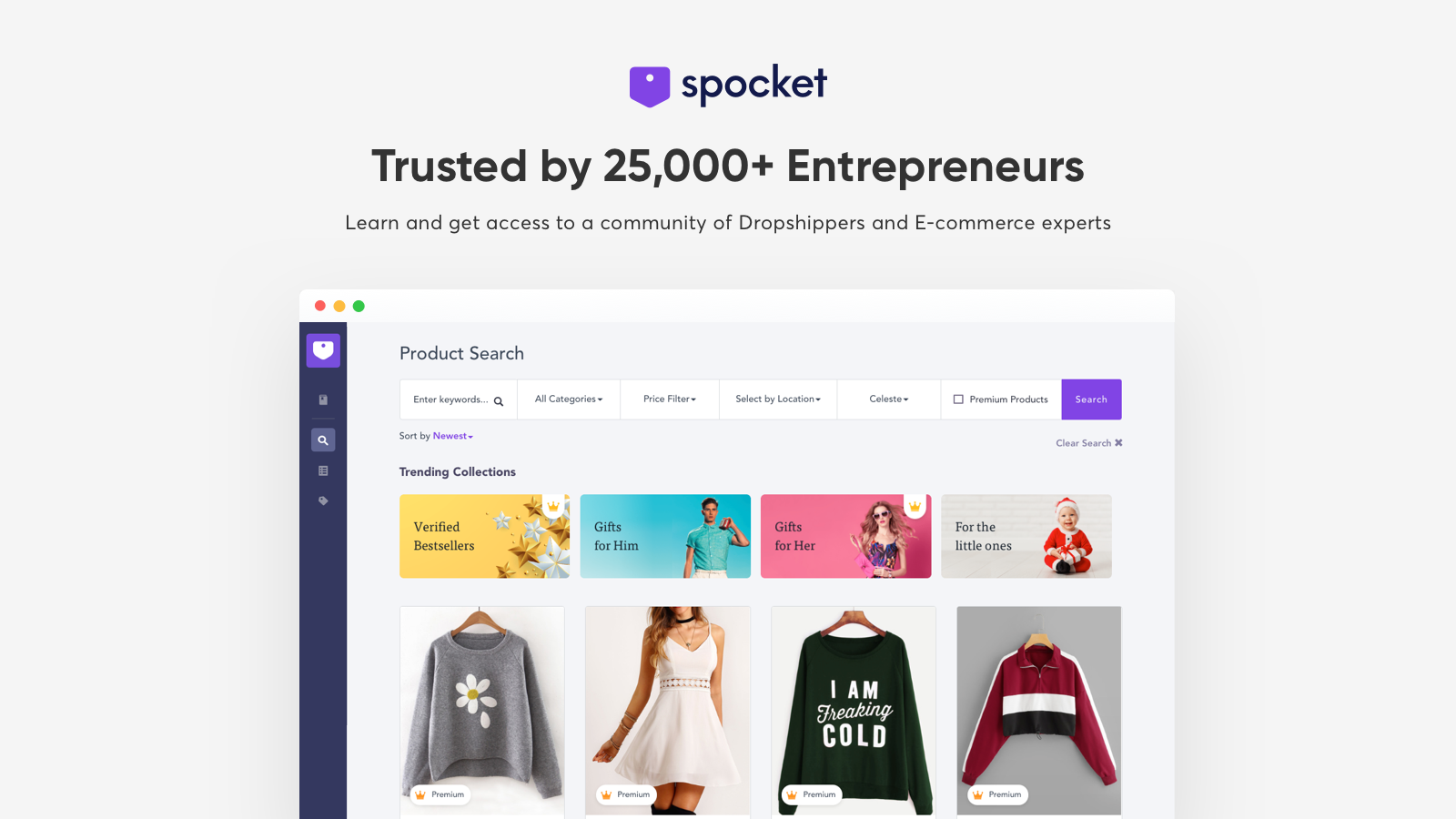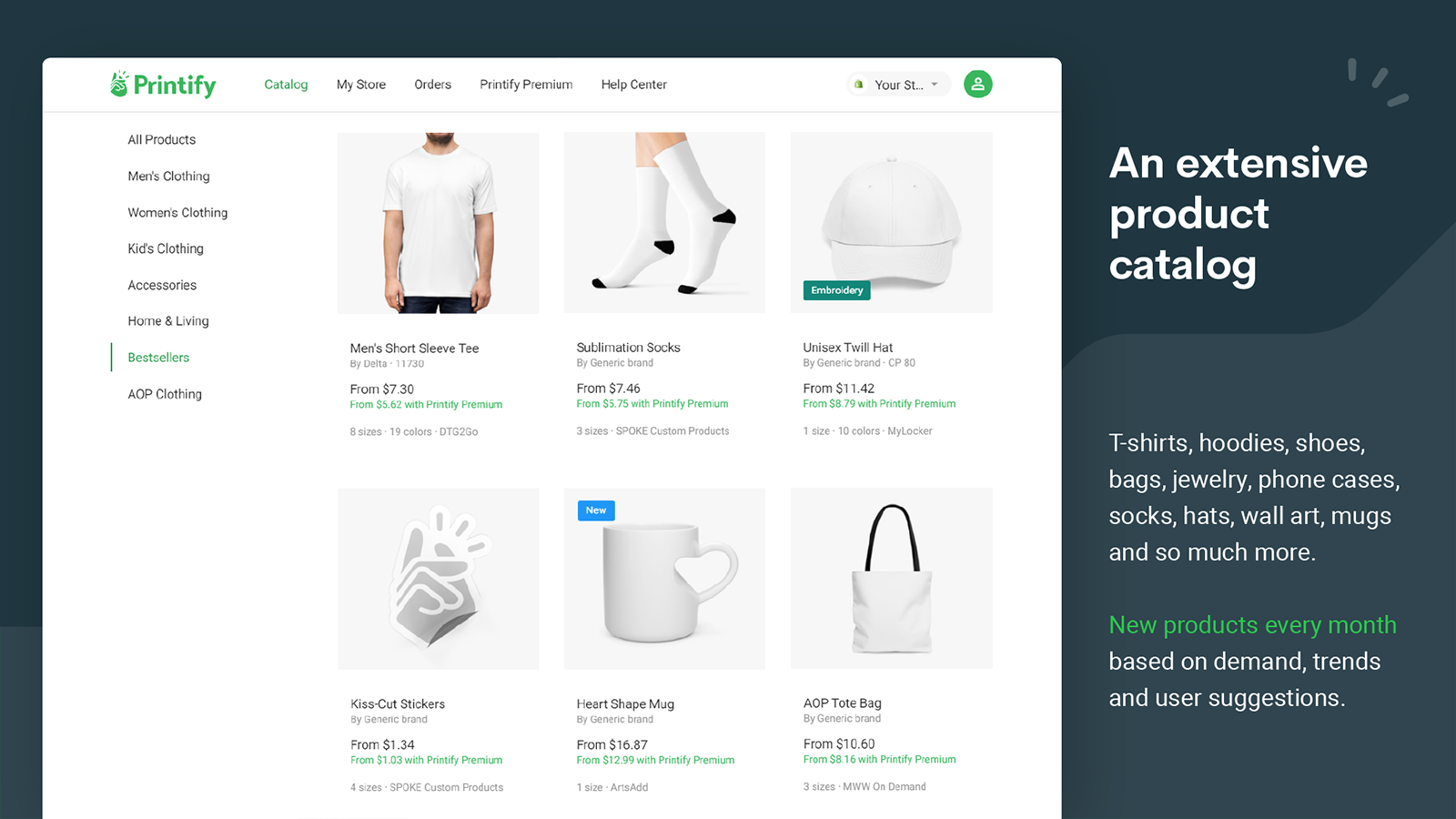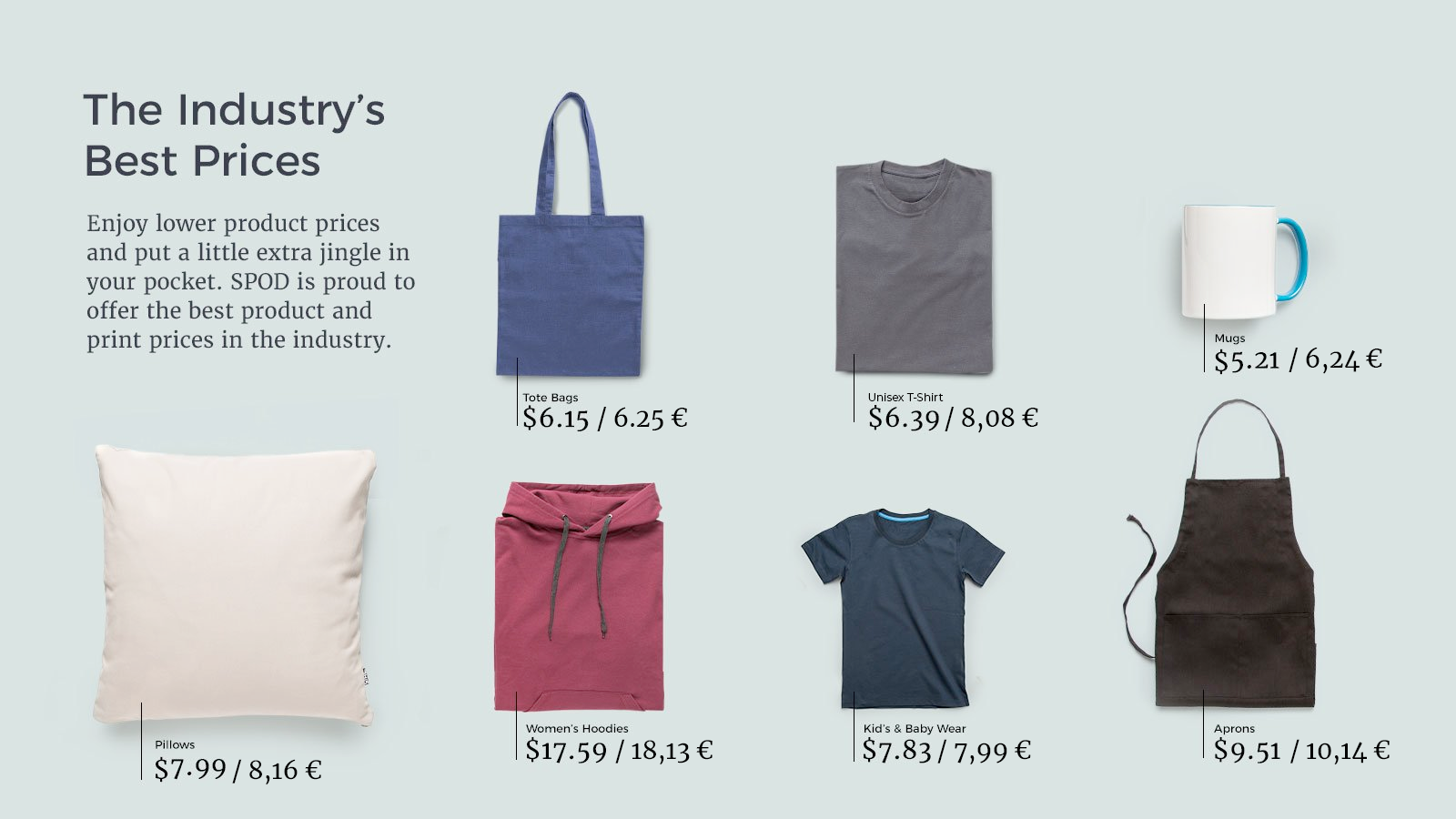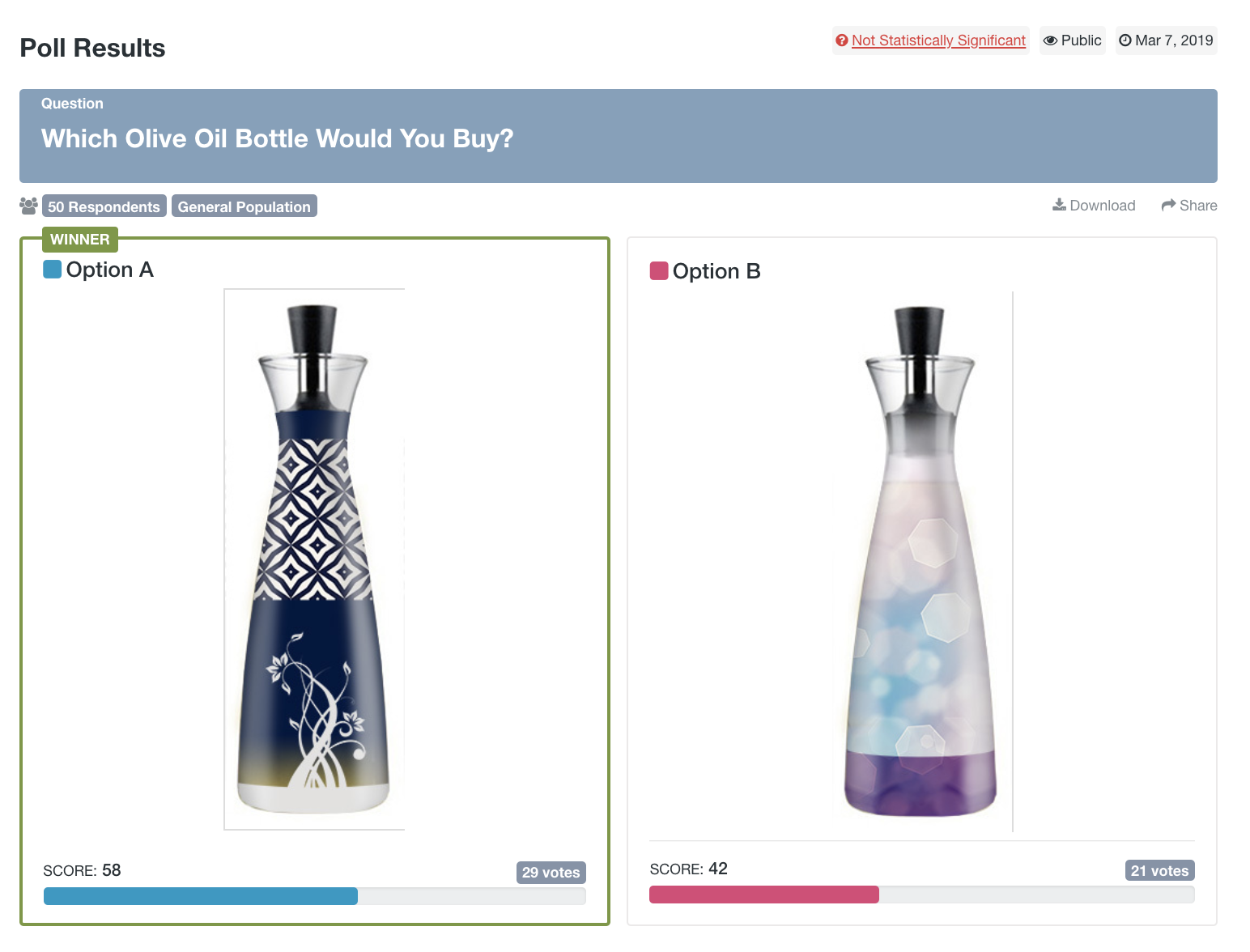Print on demand (POD) is a game-changer for e-commerce sellers, especially on Shopify. It allows you to sell personalized and unique products at manageable costs, with less risk and reduced overhead.
If you haven’t yet tried print on demand, you probably have plenty of questions. What is print on demand? How does Shopify print on demand work? We’ll answer all your questions and recommend five of the best print-on-demand apps for Shopify so you can get started today.
What is print on demand?
Print on demand is like a customizable form of dropshipping. The beauty of it is its accessibility and convenience.
You can put an original design such as a logo on a variety of products — typically t-shirts, mugs, and pillows, but there are dozens of other options to choose. List your products in your online store as usual. When you make a sale, your POD supplier prints the item and ships it out.
That’s the print part. The on demand part has its perks, too. With POD, you don’t have to preorder stock; the products are only printed after they’re ordered. That saves on storage fees and eliminates any risk of unmovable inventory.
The logistics can be tricky if you sell on your own, but Shopify makes the process easy by integrating with third-party apps. After the initial setup, you can focus mostly on selling while your supplier handles fulfillment.
Is print on demand worth it?
For most sellers, yes! No matter your niche, you can create personalized and unique products and have them shipped out, even to international customers. Sellers with creative print ideas can join the ranks of top design companies, fashion brands, and novelty goods vendors.
Print on demand has benefits beyond selling more and better products:
- Experiment with new products. If you want to expand your product range or test out a new niche, POD eliminates the risk. You won’t be stuck with a truckload of unwanted products.
- One-off products. Be the go-to source for customers who want one-off items, like personalized t-shirts for an event or commemorative mugs.
- Merchandising. Even if you’re not a full-time e-commerce retailer, you can use POD to sell merchandise on the side — perfect for influencers and other online personalities.
POD has its drawbacks. Because you’re not buying in bulk, the cost per item goes up as margins go down. And since it’s a form of dropshipping, you can’t control shipping or packaging.
But considering the advantages, print on demand is still worth it for most sellers.
How does Shopify print on demand work?
Shopify itself doesn’t offer POD services, but there are quite a few third-party apps that integrate with Shopify. Once you find the app that’s best for you, setting it up is a breeze.
There are five steps to the process:
- Install the app in your Shopify store
- Set up an account with the POD supplier of the app you’ve chosen, including billing information
- Upload your designs in accordance with the POD supplier’s guidelines (check areas like file format and pixel dimensions)
- Create product pages for your new personalized POD products
- Sync those product pages with the app
Keep in mind, you still have to take care of all other responsibilities of managing an e-commerce store, such as market research and branding.
But in terms of setting up the products, that’s it. You don’t have to worry about shipping and fulfillment. That’s covered by your chosen POD supplier.
How much does Shopify print on demand cost?
Your biggest question in all this might very well be, “How much do I have to pay Shopify for print on demand?” The answer? It depends entirely on which app you’ve picked.
Final pricing takes into account the quality of the product, speed of shipping, how many products you want to list, and other features such as customer support and delivery range.
The good news is that many Shopify POD apps offer free plans; your only costs are for the base product. In other words, the costs of POD won’t limit your goals.
Amazon vs. Shopify print on demand
If you’re on the fence between selling POD products on Amazon or Shopify, there are a few differences to be aware of.
Both Amazon and Shopify have access to many of the same third-party POD apps, but setting them up is different. In general, Shopify integration is easier.
It boils down to marketing and traffic. Margins for POD products tend to be lower on Amazon considering the stiff competition, so you’d likely make more profit per product using your own Shopify store. However, Amazon comes with a vast, built-in audience of regular customers.
All in all, if you think you can drive enough traffic to your Shopify store, you’d earn more for each sale than if you sell on Amazon.
5 best print-on-demand apps for Shopify
Printful
Printful is one of the biggest POD apps for Shopify, and a good place to start. It specializes in clothing and apparel, using top brands such as American Apparel, Champion, and Husky. It also offers other popular products like mugs, phone cases, framed prints, and totes.
Printful’s mockup generator is intuitive for e-commerce first-timers. Sellers also like the transparent pricing. There are no membership or subscriptions fees. You pay only the cost of production and fulfillment, which varies depending on print technique (i.e., direct-to-garment or embroidery), print placement, product color, size, and fulfillment location. Everything after that is profit, so you can plan your markups accordingly.
teelaunch
Don’t let the name fool you: teelaunch prints a lot more than T-shirts. This highly rated app offers everything from home goods to luggage tags at competitive prices that let you keep more of your earnings.
One of the best features of teelaunch is its reach. You can sell to anyone, almost anywhere in the world. With facilities in a variety of countries, teelaunch is able to keep shipping fees minimal, even with international deliveries.
Spocket
Spocket is a dropshipping giant that only recently joined the print-on-demand market. You’ll be glad it did, as you can leverage its wide shipping reach and diverse product range for your own needs.
Spocket is known for quick deliveries and easy management features, including auto-updating inventory and real-time order tracking. The base costs are generally low as well, passing the savings on to you.
Printify
Another big name in Shopify print on demand, Printify gives you options for over 250 personalized products, including some rare finds in POD apps such as clocks, jewelry, and shoes.
Printify’s main appeal is its low costs. It sells at some of the best margins you’ll find in a print-on-demand supplier. You can increase your profits even more by signing up for the Premium plan, which offers a 20% discount on all orders.
SPOD
If speed is a top priority, SPOD is the app for you. It ships out 95% of orders within 48 hours, one of the fastest print-on-demand rates. Equally impressive is its low return rate of less than 1%.
A subsidiary of Spreadshirt, SPOD’s niche is T-shirts, hoodies, and other apparel. It also offers common POD items like bags, posters, and stickers.
SPOD’s delivery range is somewhat limited. With locations in only the U.S. and Europe, it can be tricky to ship to countries outside those zones.
How to choose best-selling Shopify designs with PickFu
Your print-on-demand store is only as effective as the designs and products you sell. Lackluster designs yield lackluster returns. How can you predict which styles will sell and which won’t?
The only way to answer that question with certainty is to ask customers. And one of the best ways to ask is by split testing.
A traditional live split test compares two versions of your Shopify site, directing traffic to each version to see which performs better with real-time customers. In a manual split test, you’d run one version of your site for a period of time, then switch to the other version.
A number of Shopify split testing tools will do the work for you, but it takes weeks to get data and you need a high amount of traffic in order for this type of testing to be effective.
Another option is to split test outside of your working Shopify site.
Using PickFu, you can single out aspects of your store to test — in this case, print-on-demand designs and products that you want to add to your store. You can also test product listings, images, and more.
You can target the respondent pool to resemble your customer base. Split testing on PickFu doesn’t happen live, so you don’t risk losing customers. And you’ll get written feedback, not just numbers, usually within an hour of starting a poll.
As you get started with print on demand for Shopify, keep in mind that e-commerce success hinges on more than just having first-rate products. First, you need to know what will sell. Read more about how to use PickFu to figure that out.
